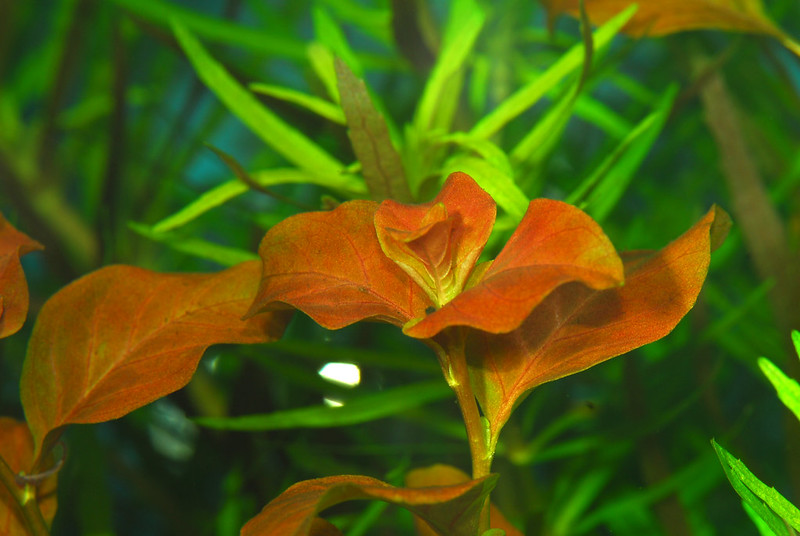OK, we have said a lot about plants, which is not surprising. This is the UKAPS forum, after all. But, in my original question, I also asked about fish. I read an interesting article a few months ago about vision in fishes. If you're interested, here it is:
http://en.m.wikipedia.org/wiki/Vision_in_fishes
It would suggest that, from a hobbyist's point of view, UV light may be important, particularly in breeding tanks. From an aesthetic perspective, we generally like to ensure that the colours of a fish are 'picked out'. But, for me, I don't want to fit filters on my specs to prevent individual colours being burned onto my retina! I've seen tanks where the level of blue and red light have been 'turned up' so much that you would have been able to see these fish (often neon tetras) on the ISS! As I'm writing this, I seem to recall that, unlike marine fish, freshwater fish have few, if any, colour pigments. I need to check this out. Time to do some digging…
JPC
http://en.m.wikipedia.org/wiki/Vision_in_fishes
It would suggest that, from a hobbyist's point of view, UV light may be important, particularly in breeding tanks. From an aesthetic perspective, we generally like to ensure that the colours of a fish are 'picked out'. But, for me, I don't want to fit filters on my specs to prevent individual colours being burned onto my retina! I've seen tanks where the level of blue and red light have been 'turned up' so much that you would have been able to see these fish (often neon tetras) on the ISS! As I'm writing this, I seem to recall that, unlike marine fish, freshwater fish have few, if any, colour pigments. I need to check this out. Time to do some digging…
JPC




 Also contrary to popular believe using red light tends to make fish aggressive and creates stress!! Would you believe it?
Also contrary to popular believe using red light tends to make fish aggressive and creates stress!! Would you believe it? Seems to go against all I learnt about using red light to acclimitise new fish on arrival
Seems to go against all I learnt about using red light to acclimitise new fish on arrival  You learn something new every day eh? I can only hope that the fact that all f ish may respond to colours differently may have worked in my favour then.
You learn something new every day eh? I can only hope that the fact that all f ish may respond to colours differently may have worked in my favour then.